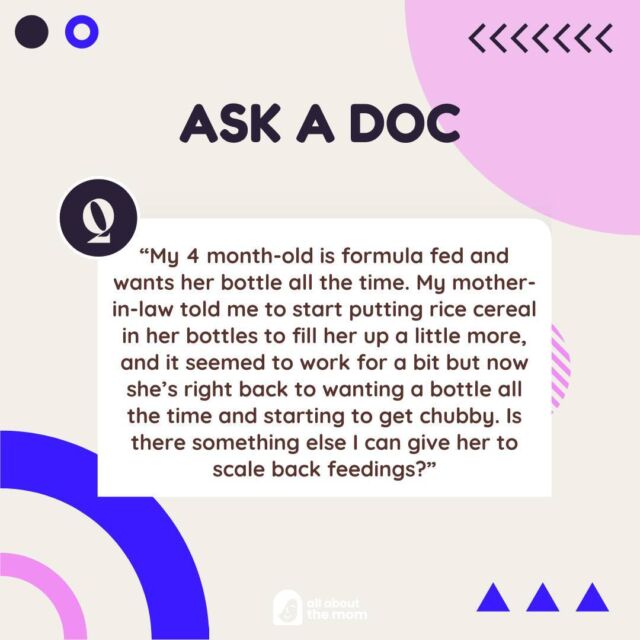My child wakes up from “scary dreams” in the middle of the night quite often and comes into my room to sleep with me. When should nightmares be concerning?
Most children will experience nightmares at some point. It is reported that around half of young children (aged 3-6) regularly experience nightmares, and they continue to be common (although less frequent) throughout childhood. Nightmares usually occur during REM sleep. If your child has a nightmare about something scary in their room (like a monster or a snake), sit with them and reassure them. Give them cuddles and soothe them until they are able to fall asleep again. I don’t recommend checking under the bed, or using things like “monster deterrent spray.” Whilst these strategies are done with the best of intentions, they actually feed into the child’s belief that something scary could be in their room. Instead, revisit their bad dream the next day and encourage them to challenge their own beliefs. Help them to realize that monsters only exist in books or on tv, and that big snakes tend to live outside and aren’t usually found inside people’s homes.
Night terrors are a little different. They occur during deep sleep and are very loud and disturbing. During these events, children tend to thrash, shout out things like “Stop it!’ “Get off!”, they may open their eyes and they often sit up. They can last around five minutes and may involve sweating, and an increased heartrate. Children do not usually remember these events the next morning. We tend to see night terrors more in children who are overly fatigued, or who have recently experienced stress or change.
One researched method that can support little ones who are experiencing night terrors, is to rouse them slightly just before the time when the night terror usually occurs. Night terrors tend to happen during the first half of a child’s sleep, so if you notice them happening at around the same time each evening, gently interrupt your child’s sleep cycle without fully wakening them up.

















